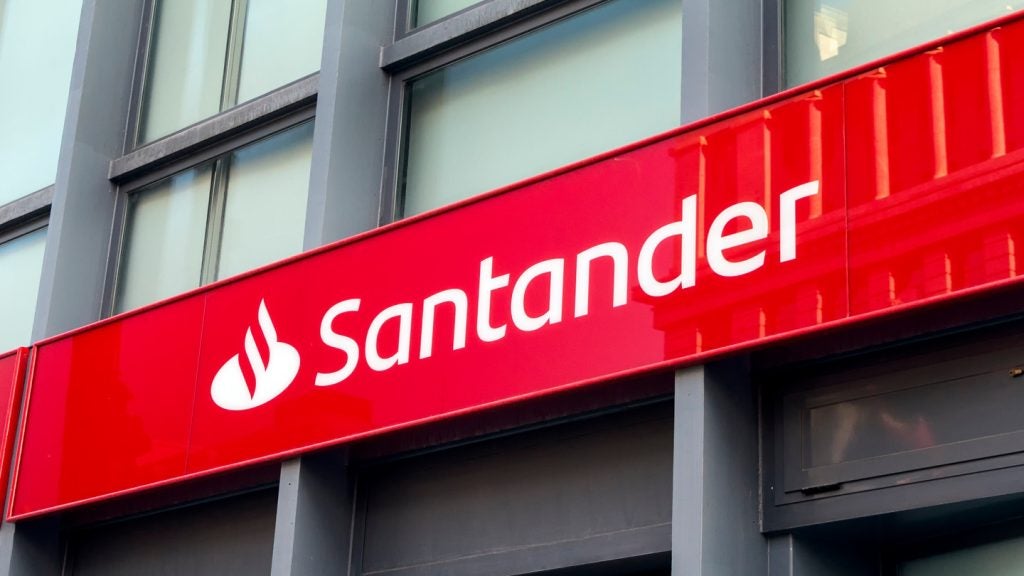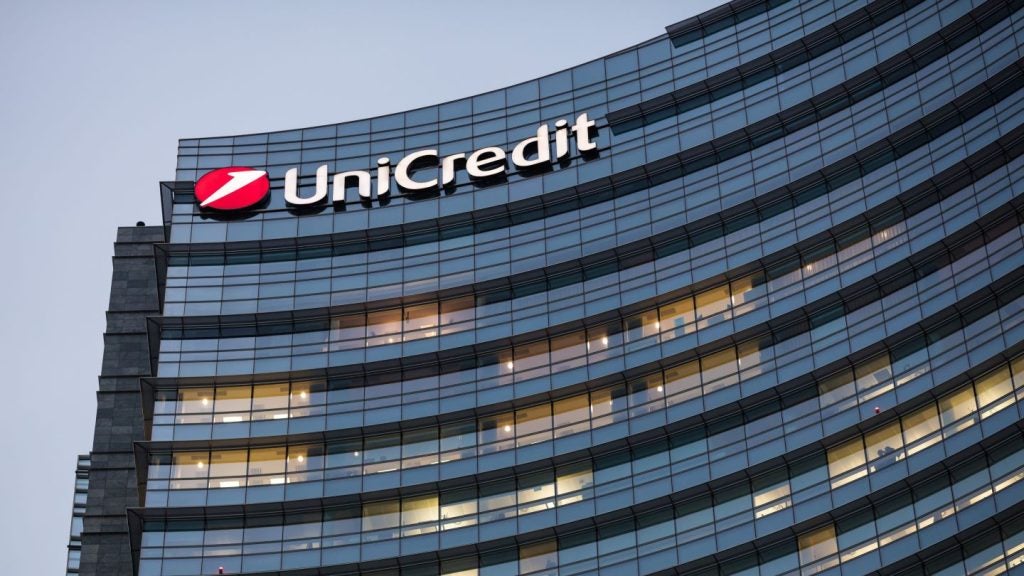2007 of Financial Objects’ activebank software by Sweden’s
public-sector bank SBAB has enabled the bank to challenge the
country’s large retail banks by offering an expanded product range,
in particular savings products, ahead of a possible privatisation,
writes Douglas Blakey.
Sveriges Bostadsfinansieringsaktiebolag (SBAB), the
public-sector bank mandated by the Swedish government to drive down
the cost of domestic mortgages in a market dominated by four major
banking groups, has reported a successful launch of its first range
of savings products.
Last April, as it sought to diversify its product line-up, the bank
installed UK-headquartered Financial Objects’ activebank retail
banking software, which is, according to the vendor, “a clear
alternative to legacy core banking systems”.
“Not only can we now take deposits to the open market and lend
against these, but we can also bring new products to market
quicker. The capabilities of activebank Retail have improved the
services we offer to existing customers and we are now better
placed to attract new ones,” said Ulf Tingström, chief information
officer at SBAB.
In an interview with RBI, Tingström said: “Our
position is that traditional Swedish banks don’t offer competitive
interest rates on their savings products and our belief is that
SBAB can contribute to increased competition in this field, leading
to more favourable rates for our customers. We offer two products
that are amongst the most attractive on the market.”
In 2007, the bank introduced its SBAB account, offering a savings
rate of 4.85 percent for its customers who have a SBAB mortgage of
at least SEK1 million ($150,000).

US Tariffs are shifting - will you react or anticipate?
Don’t let policy changes catch you off guard. Stay proactive with real-time data and expert analysis.
By GlobalDataFor its non-mortgage customers – the bank has a share of the
Swedish mortgage market of around 10.6 percent – it also offers a
savings account offering a deposit rate of 4.1 percent.
“We estimate that SEK500 billion is locked into low-interest
accounts and our aim is to highlight this situation to our
customers. They can gain a lot from moving their savings to more
profitable accounts,” added Tingström.
The bank, which has no branch network and will continue to rely on
telephone and online channels for sales, has not publicly targeted
a share of the Swedish savings market.
“It’s a new product and at this stage we don’t have a volume
target. We aim to bring competition to the market and to add value
to new and existing customers. We see the new savings accounts as a
cross-selling product. In 2007 we implemented our new Customer
Relationship Management (CRM) system that facilitates automatic
cross-selling activities. By using this we have significantly
increased our efficiency/hit rate in our marketing activities,”
said Tingström. “The Financial Objects system also means that we
now have a single database for all centralised customer
data.”
The bank’s marketing strategy will continue to target existing
segments of the market of interest to SBAB. “In our mortgage
business we direct our marketing efforts towards customers in the
big cities, aged between 20 and 50. We would like to attract the
same customers to open a deposit account with us. For new customers
we turn to everyone who would like a considerably higher rate on
their saving account,” he said.
Ahead of a possible privatisation by Sweden’s centre-right
government, Tingström did not rule out further new product
launches. “There are some products in progress but we can’t
disclose any details at this stage. We hope to surprise the
market,” he said.









